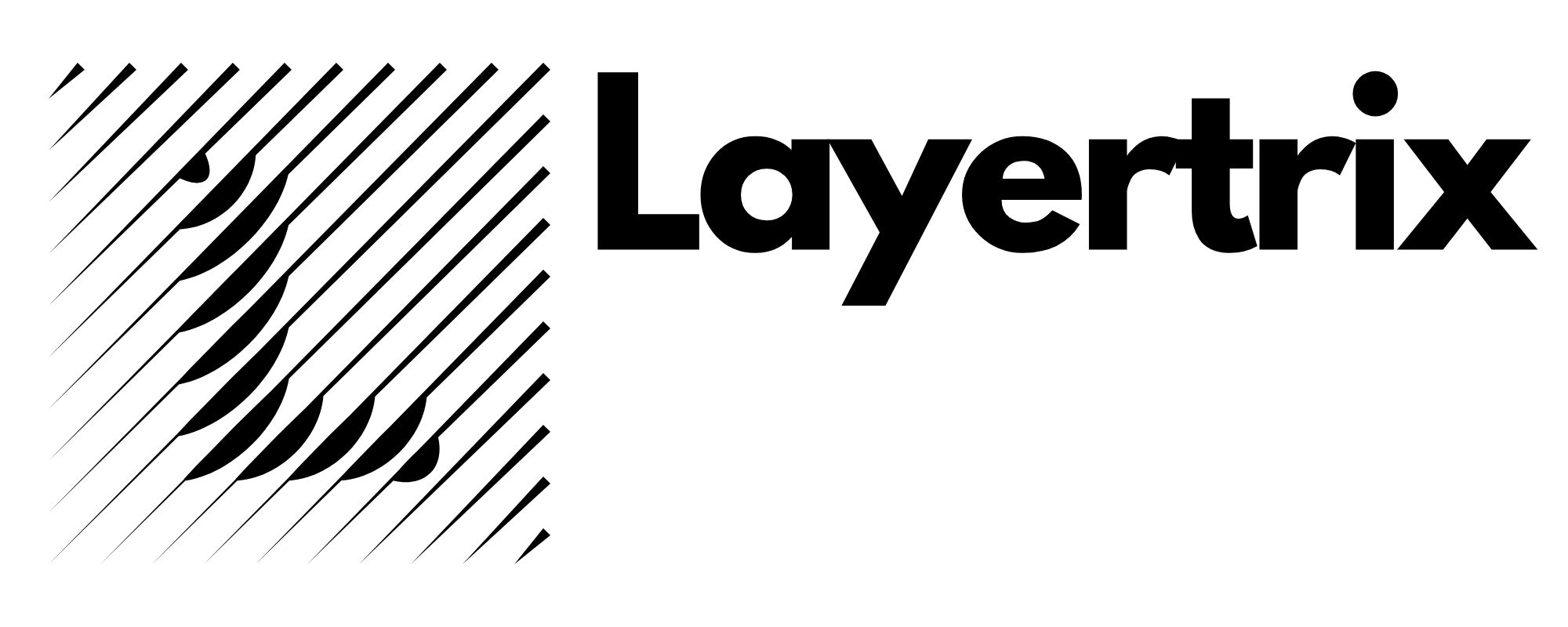Understanding Layered Technology: A Comprehensive Overview

Layered technology refers to the strategic division of complex systems into different levels, or "layers," where each layer is responsible for a specific set of tasks. This approach enables more organized, modular, and efficient system design. By structuring technology in layers, it becomes easier to develop, manage, and scale complex systems. Layered technology is commonly seen in computing, software development, and network design, where each layer interacts with the one above or below it to perform different functions.

The most common example of layered technology is the OSI (Open Systems Interconnection) model in networking. This model divides network communication into seven layers, each handling a specific part of the process, such as data transmission, error checking, and session management. By isolating these tasks, developers can focus on improving each layer independently, making the overall system more adaptable and robust. The modular nature of layered technology also allows for updates or improvements to individual layers without affecting the entire system.

In the realm of software development, layered technology is often seen in the design of applications, where different components of the system are separated into layers such as the user interface, business logic, and data access. Each layer communicates with the others but is responsible for distinct tasks. This allows for easier maintenance, scalability, and flexibility when changes are necessary. Layered architectures are especially beneficial for large-scale projects, as they simplify debugging and enhance team collaboration by allowing developers to work on specific layers of the system without interfering with others.

Additionally, layered technology principles apply to hardware design, where physical components are layered to perform different functions in a device. For instance, modern smartphones have multiple layers for processing, power management, and user interface, all working together to provide a seamless user experience. By structuring these layers independently, manufacturers can create more efficient and customizable devices that meet evolving user needs. Overall, layered technology offers a clear organizational framework that facilitates development, enhances performance, and supports long-term innovation.



